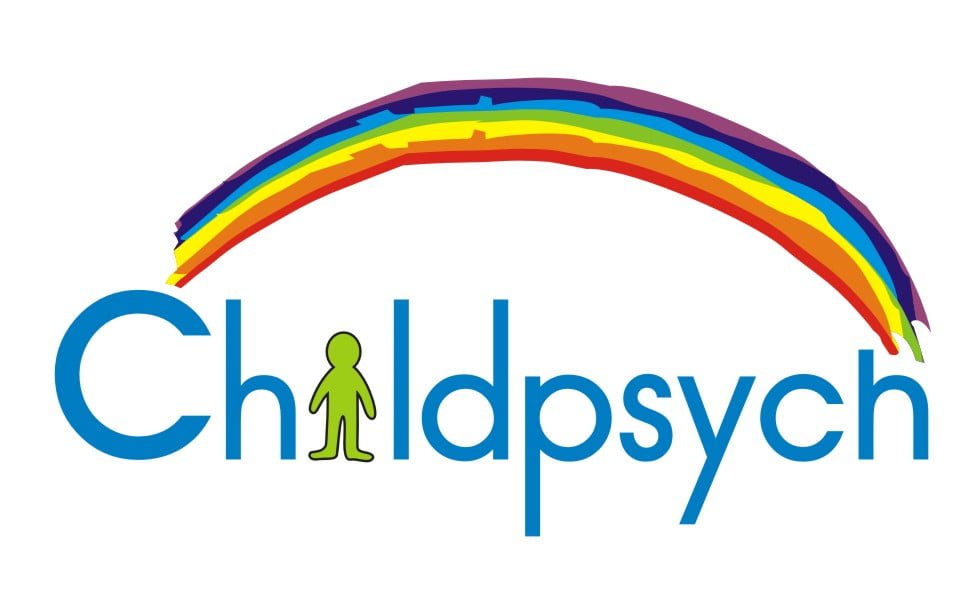If you notice your child struggling with tasks like using scissors or writing, the term ‘fine motor development’ may have come up. But what exactly are fine motor skills and how do they develop? Let’s take a closer look.
Fine motor skills involve movements that make use of the small muscles in the hands and wrists. These skills enable kids to do basic tasks in school and in everyday life.
What Are Fine Motor Skills?
In short, fine motor skills are used to make small movements. Most people don’t even think about this, as these movements come naturally for most of us. These movements involve coordinated efforts from the brain and muscles; and they are also linked to gross motor skills – which allows us to make bigger movements.
Fine motor skills can’t be defined as a specific learning skill such as math or reading, but they do impact how well kids are able to learn and demonstrate what they know. As an example, kids require fine motor skills in order to circle the correct answer on a test or when they need to write an essay.
Kids need to use fine motor skills to do many school-related tasks. These include:
- Holding a crayon or pencil
- Drawing pictures and writing neatly
- Stacking blocks and stringing beads
- Using scissors, rulers and other tools
Fine motor skills also come in quite handy for kids when they do daily tasks like brushing the teeth or getting dressed.
Trouble with Fine Motor Skills
It is important to remember that kids develop at different rates. However, there are specific milestones that they generally have to meet at specific ages. These also include fine motor development milestones. For instance, young babies will use a pincer grasp to pick objects up. Later they will hold a crayon in a fist grip. By the age of five or six, kids should typically be able hold a pencil in a tripod grasp. And also to copy letters and shapes, use a fork or spoon with control, cut and tear paper. By the age of nine or 10, they should typically be able to draw and make use of tools such as a ruler without being frustrated.
In most cases, issues with fine motor development aren’t picked up until preschool, when teachers notice that kids are struggling. Luckily, fine motor skills tend to improve quickly with some focused intervention.

Building Fine Motor Skills at Home
Your child might be able to get support at school if fine motor skills are a challenge. But there are things you can do at home to improve your child’s abilities, too.
- Encourage your child to help out with chores around the house
- Check out these fun ideas and free worksheets on our Pinterest page
- Involve all your child’s senses and avoid using only pen and paper tasks
If you’re concerned that your child is struggling with fine motor skills, learn about steps you can take. And get tips for talking to your child’s teacher about issues with motor skills. Together, you can come up with a plan to get the best support for your child.
For more information about the development of fine motor skills or to book a consultation, contact Anel at anel@childpsych.co.za.




